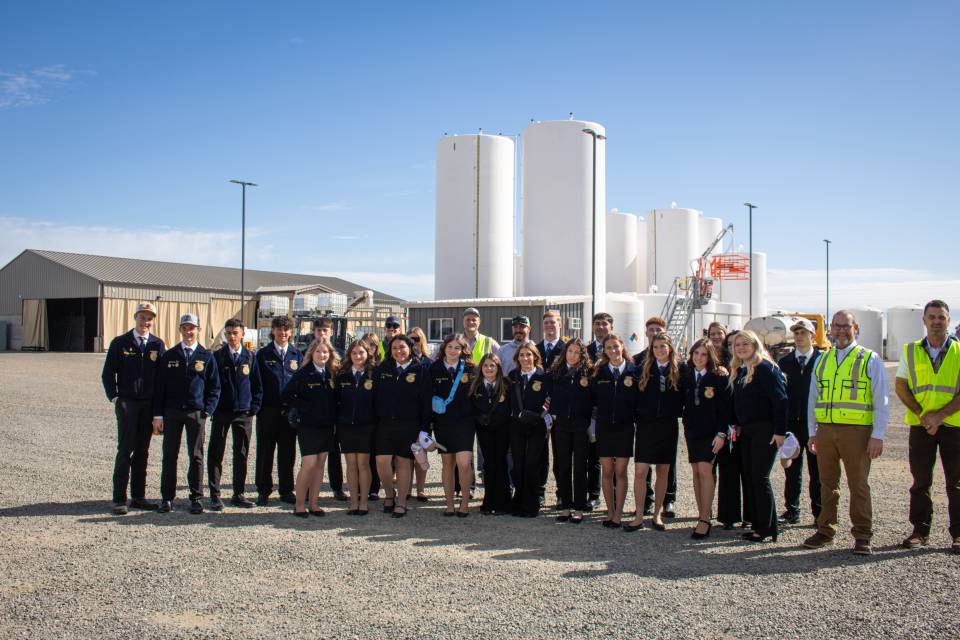Floating Traffic Jams, Limited Load Time Still Complicate Logistics
While the pandemic begins to ease up a bit in some areas of the world as more people receive vaccines and COVID-19 cases dip, there’s one thing that’s not settling down: global shipping, writes Nicole Wisniewski at AgriBusiness Global.
Shipping costs and delays remain high.
Instead of waiting for things to resume some sense of normalcy, companies are learning to adapt to this new way of doing business.
Managing Delays
Today, 50% of shipping containers are considered late, says Keith Holdsworth, a senior supply chain consultant with Perfection Limited, based in West Oxfordshire, England.
“Assumptions are that for various reasons up to 25% of deliveries by ships will be delayed or orders cancelled,” adds Stephen Pearce, director, AWP Associates, a professional sourcing organization with deep knowledge of the AgChem manufacturing and material supply sector. “Orders for shipping in general have hit a 17-year low.”
The reason: Ships are stuck at ports for days in floating traffic jams. Pandemic restrictions have limited dockworker and truck driver availability. If a container can’t be unloaded in one place, it can’t be loaded in another.
“I’ve never seen anything like this,” said Lars Mikael Jensen, head of Global Ocean Network at A.P. Moller-Maersk, the world’s largest shipping company, in The New York Times. “All the links in the supply chain are stretched. The ships, the trucks, the warehouses.”
To try and make up time, vessels are also staying docked for less time than originally planned. “So maybe they were scheduled to be there for 10 days, but because they are trying to make up time in their schedules, they leave in two days with a container that isn’t full,” Holdsworth says.
Continue reading at AgriBusiness Global.





